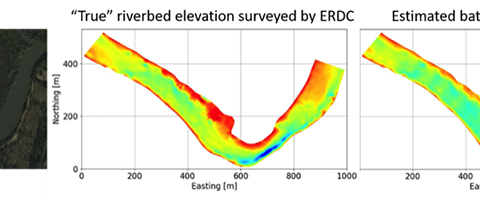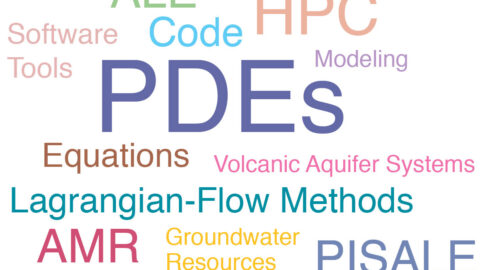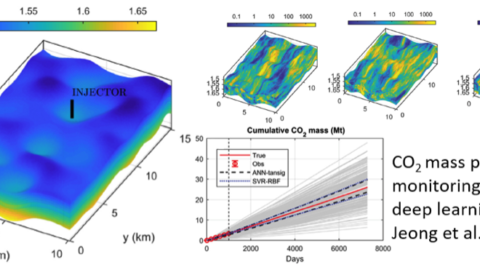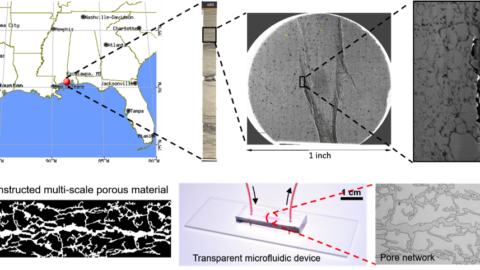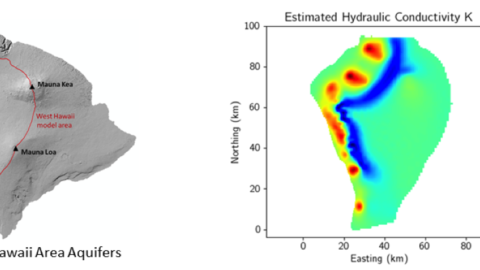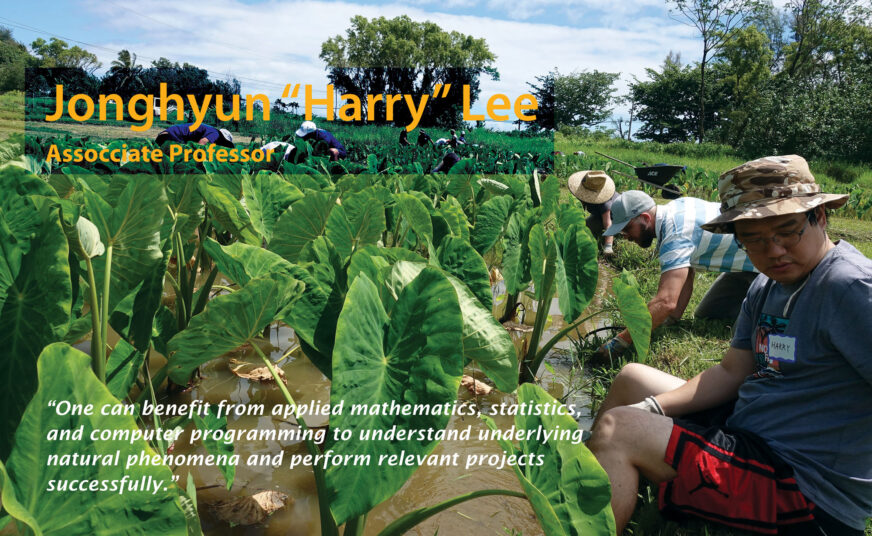

Jonghyun "Harry" Lee
___________________________________________________________________
One can benefit from applied mathematics statistics, and computer programming to understand underlying natural phenomena and perform relevant projects successfully
Dr. Lee joined the WRRC “ohana” (family) and the department of CEE in 2017 as part of the Hawaii EPSCoR ‘Ike Wai project “Securing Hawai‘i’s Water Future.” A civil and environmental engineer, Harry hopes to integrate his separate research topics on groundwater, surface hydrology, and nearshore environments to develop a holistic model supporting integrated management of water resources from “Mauka to Makai” (mountain to ocean) in Hawaii.
EDUCATION
- BS, Seoul National University
- MS, Colorado State University
- PhD, Stanford University
INTERESTS
- Numerical modeling of variable density water flow
- Contaminant transport in coastal areas
- Uncertainty quantification in water resources modeling
- Physics-guided machine learning for water resources management
CURRENT PROJECTS
- Geothermal energy recovery operation
- Carbon CO2 sequestration
